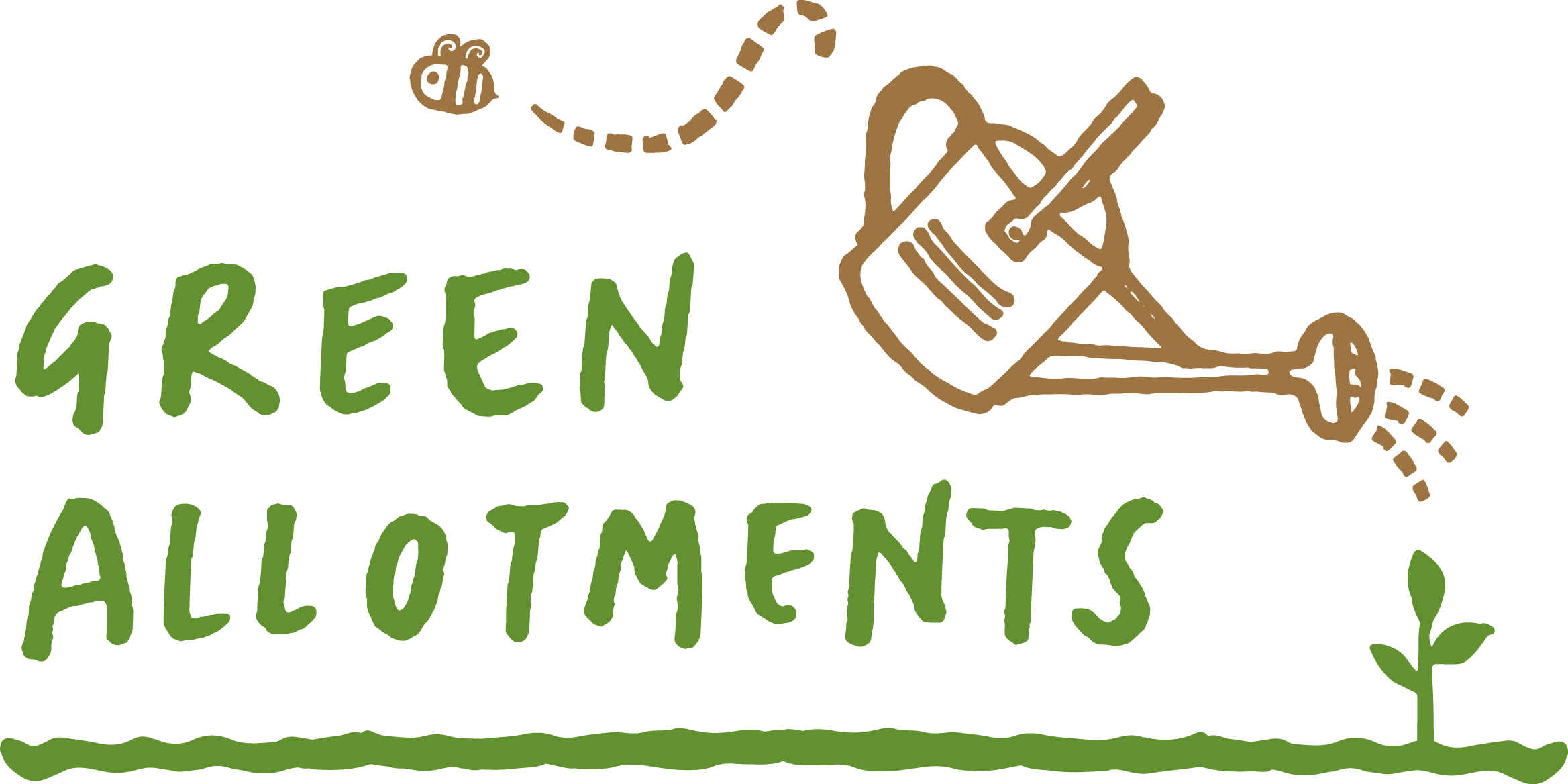A BIG part of The New Allotment Site Fund is you telling us about suitabe land for new allotment sites. You can use the information below to help you find suitable land to tell us about.
- Size of land: Approximately 1 to 5 acres is a practical size for an allotment site, with space for additional biodiversity enhancements/improvements. A bigger size may cause too much disruption to the local community. A smaller size may mean there are insufficient plot numbers to get active community-led management and environmental stewardship going on the new allotment site.
- It may sound obvious, but allotment sites need to be close to where people live, so that they can get to their allotment often.
- Road safety is a major concern for councils and residents. Land that cannot be safely accessed (e.g. on a fast road, or in an area with heavy traffic) might not be best suited to allotments.
- Residents who live next to the land might not want increased traffic or extra cars parking in their streets.
- Slightly to the edge of housing, or on the edge of a settlement, or in a very quiet area can be most suitable for allotments.
- For this stage of the funding programme, we are unlikely to fund new allotment sites where the cost of land purchase is more than £50,000 per acre.
Any questions? No matter how small or how daft your question might seem, please get in touch.
You can provide information in any format – video, voice snippet or type – and you can send this to us using any of the following channels:
- Social media – see below for links
- Email – [email protected]
When looking for suitable land for allotments, doing the following things can be helpful:
- Estate agents now upload all of their listing onto internet ‘screen scraper’ sites. The biggest of these in the UK is Rightmove and this includes a search filter for “Land”. There is also Addland which often has same listings as Rightmove, but is worth dipping into for odds and ends that are not on Rightmove. We would suggest UK Land & Farms as a last resort only, the land is mostly rural and usually too large in acreage for Green Allotments.
- Local estate agents are always worth talking to, as they often have insider knowledge about land ownership in an area and about land that is coming up for sale.
- Talking with people in the local community can be a good way of finding out if any land is coming up for sale.
- Land is not always sold on the open market, so it is worth finding out who owns land and politely asking the landowner if they will consider selling. Unsure who land belongs to? Asking around in the local community can often be the best way to find out who owns land. For a small fee, the Land Registry will provide details of whom the land is registered to. If you are struggling to find out who owns the land you are interested in, please contact us for advice.
- You may see suitable land for allotments, but it is for sale as part of a bigger piece of land. It can be worth asking the estate agent to ask the seller if they will sell or donate the portion you are interested in for allotments.
- Very occasionally, landowners will donate land – or a portion of a piece of land that is for sale – to good causes. It can be worth approaching the landowner and asking politely if they are willing to donate. Or you can tell us about this land and we can ask.
Any questions? No matter how small or how daft your question might seem, please get in touch.
You can provide information in any format – video, voice snippet or type – and you can send this to us using any of the following channels:
- Social media – see below for links
- Email – [email protected]
Potential land contamination is something Green Allotments takes extremely seriously:
- Eating food grown on contaminated land is a serious risk to human health.
- In most pollution situations, the ‘polluter pays principle’ applies. This means the person or company causing pollution (contamination) pays the cost of remediation. However, this is not always the case with land contamination: if the original polluter cannot be found (or is no longer in business) land contamination remediation costs are paid by whoever owns the land now.
Green Allotments’ current priority is to create as many new allotment sites as possible. This means we are not currently looking to create allotment sites on land which needs remediation because of contamination.
We suggest avoiding the following types of land for The New Allotment Fund:
- Land that has been cleared of buildings and put up for sale.
- Former industrial uses.
- Other examples include rifle ranges, any industrial/commercial use, former railway sidings, former quarries.
- We are generally cautious about any form of non-agricultural usage, however, please get in touch if you are not sure and we can advise.
Any questions? No matter how small or how daft your question might seem, please get in touch.
You can provide information in any format – video, voice snippet or type – and you can send this to us using any of the following channels:
- Social media – see below for links
- Email – [email protected]
